Unusual ways of getting from A to B: the world’s quirkiest transport
Weird but wonderful ways to get around

Planes, trains, cars and bikes... we're all used to these forms of public transport. But around the world there are all sorts of unconventional ways of getting from A to B.
Click through the gallery to discover quirky modes of transport that prove the old adage: it's not the destination but the journey that matters...
Bamboo train, Cambodia
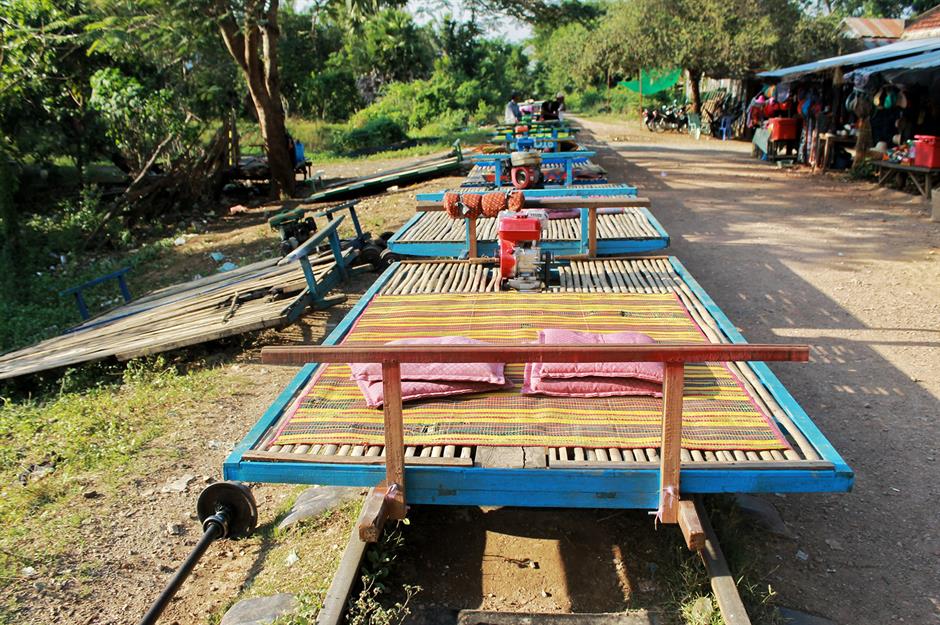
Bamboo train, Cambodia
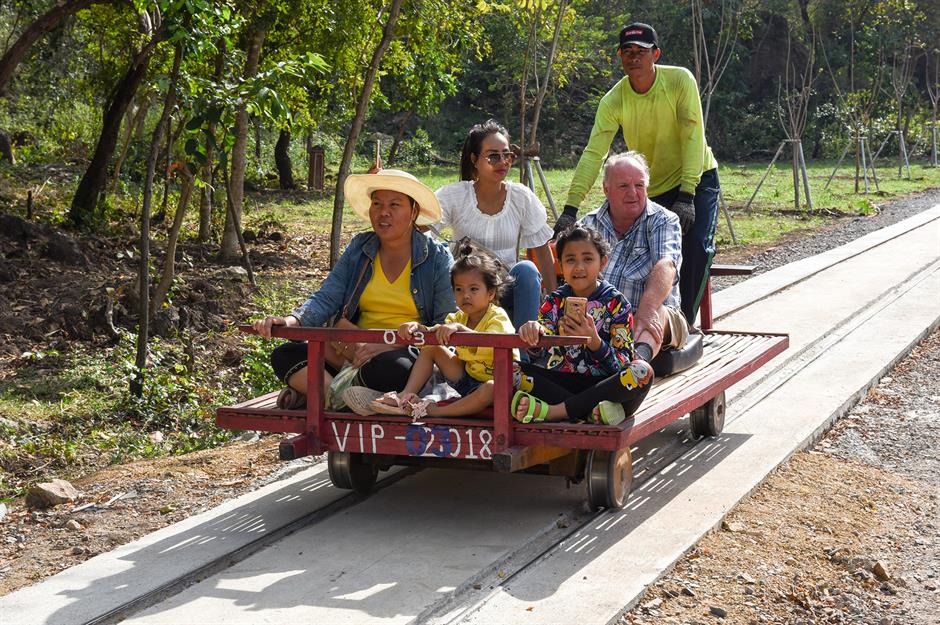
Today, it's back in a somewhat more contrived form – and is a good 12 miles (19km) out of the city – but it's still used by national and international tourists exploring the Banan temple area. Passengers sit on a bamboo platform and the vehicle is powered by a small motor at the back. If two norries meet on the tracks, passengers have to disembark while the driver removes the vehicle from the rails to let the other pass, and reassembles it all before going onward.
Chicken buses, Guatemala
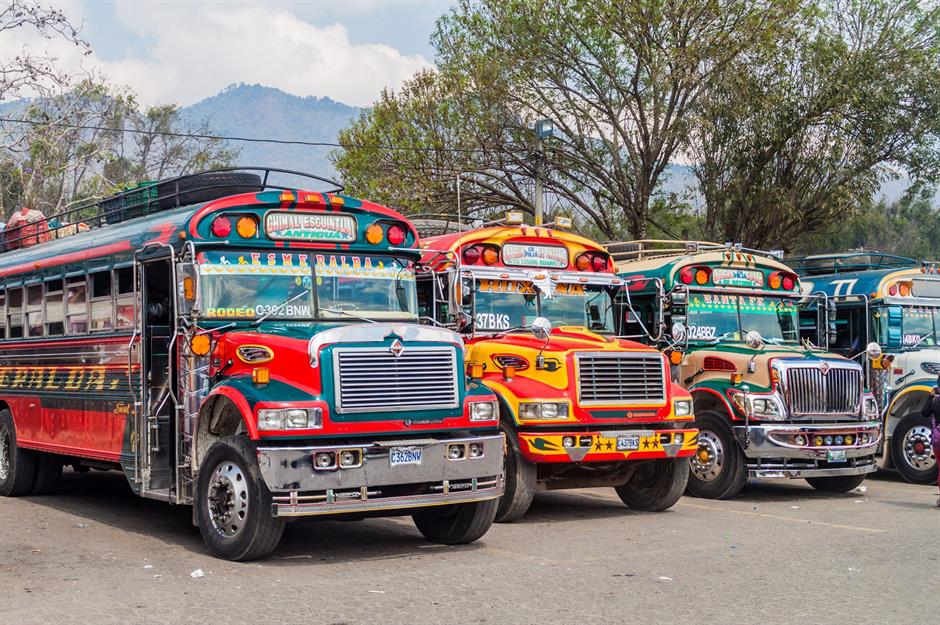
Known locally as camionetas, Guatemala's 'chicken buses' are former American school buses turned spruced-up rides. This gaudy public transport, with their go-faster stripes and bright, brash colours, are an essential experience in Antigua or Guatemala City. Hop on board with locals and Indigenous families for the bumpy ride.
Chicken buses, Guatemala
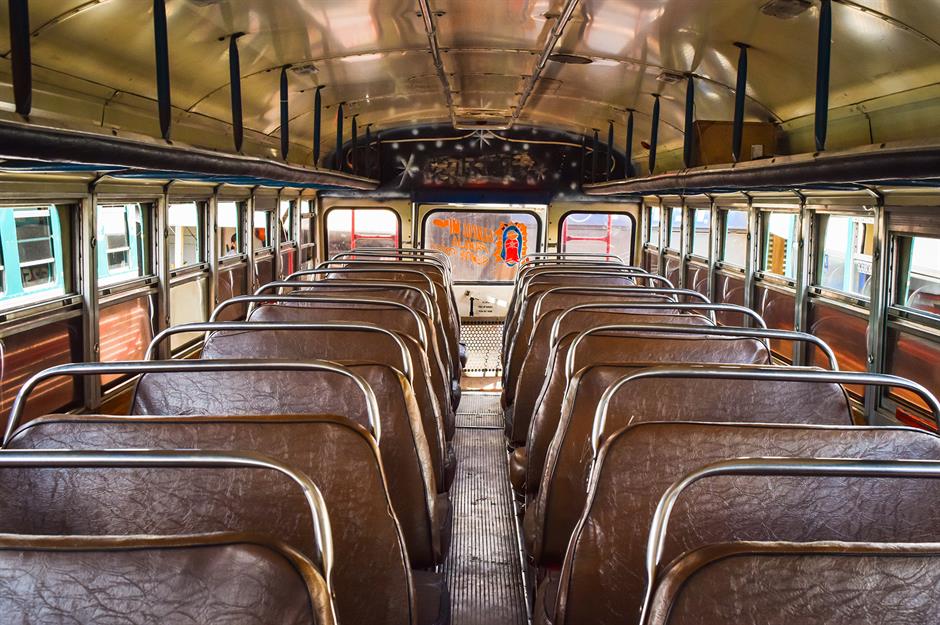
Before you depart, street vendors will walk the aisles offering food, books and medicines. On the journey, expect to listen to whatever cheesy, blaring music your driver chooses.
Love this? Follow us on Facebook for more amazing travel images and features
Wicker toboggans, Madeira, Portugal
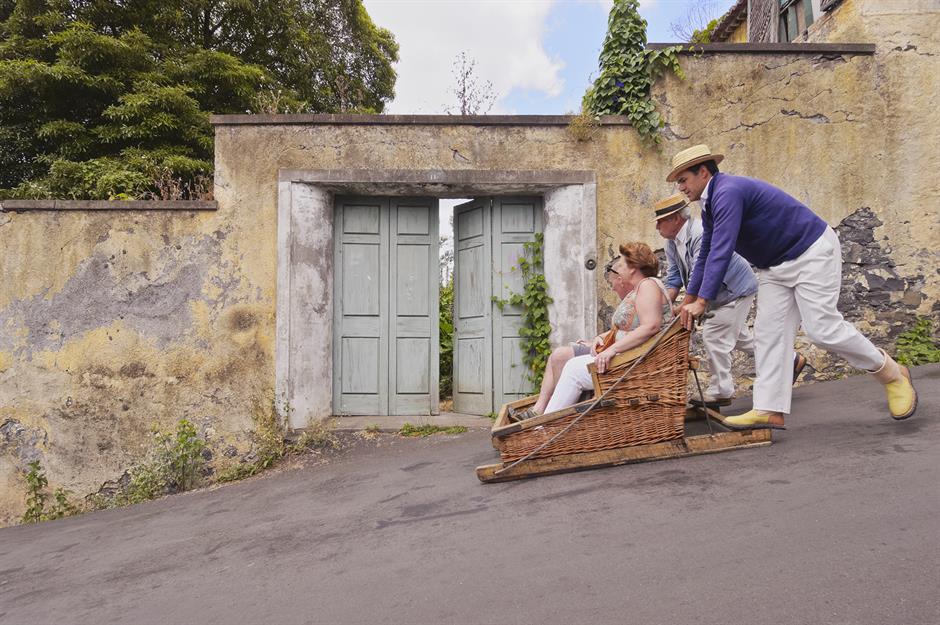
Wicker toboggans, Madeira, Portugal
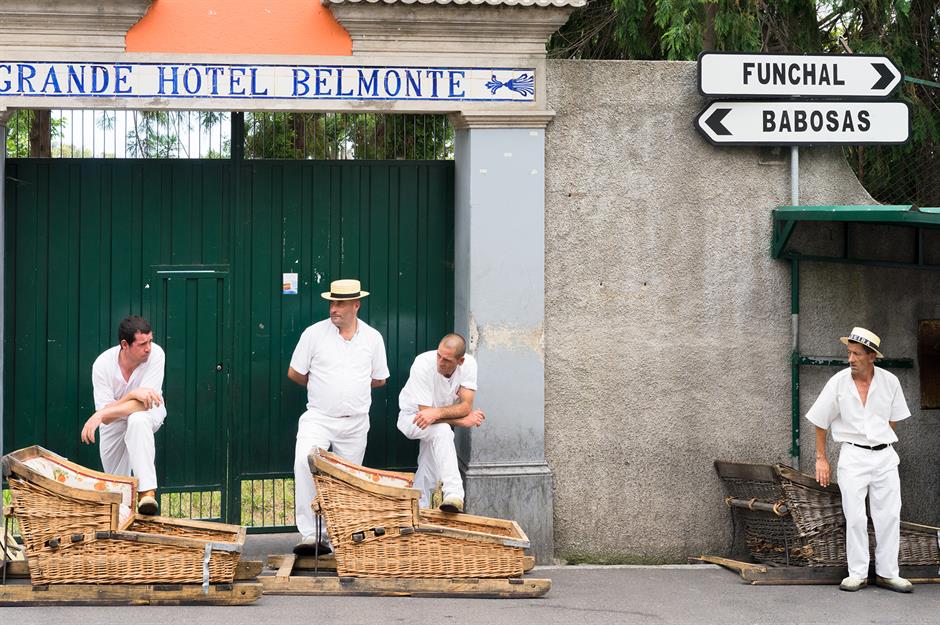
Tuk-tuks, Thailand

Tuk-tuks, Thailand
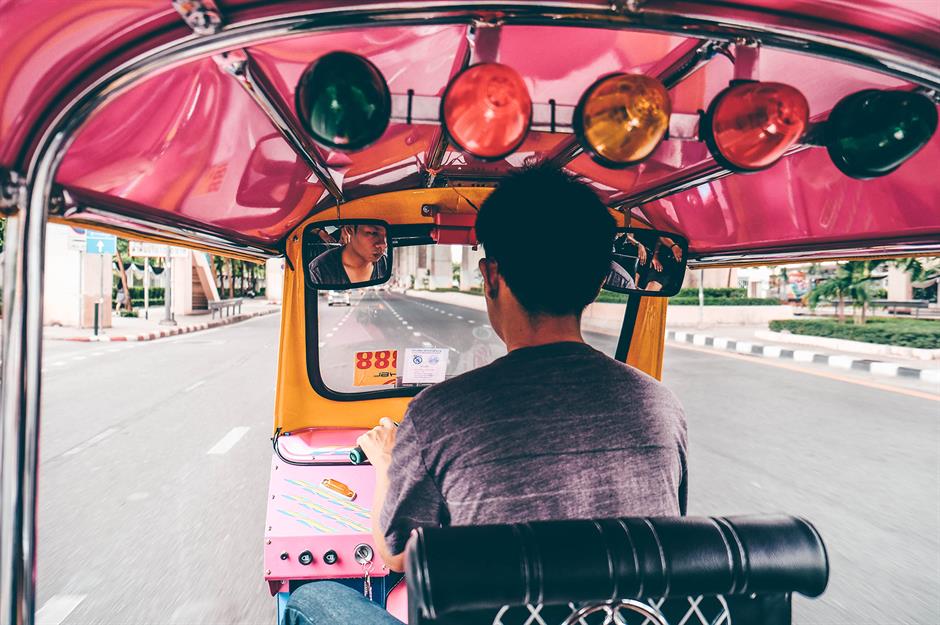
There are 30,000 tuk-tuks registered as taxis in Thailand, almost 50% of which can be found in Bangkok. They typically seat two to three passengers, but it's not uncommon to see five or more locals piled into one of these vehicles. There's no doubt that whizzing along the back roads and highways of Bangkok in one of these is a hair-raising but thrilling experience.
Coco Taxis, Cuba
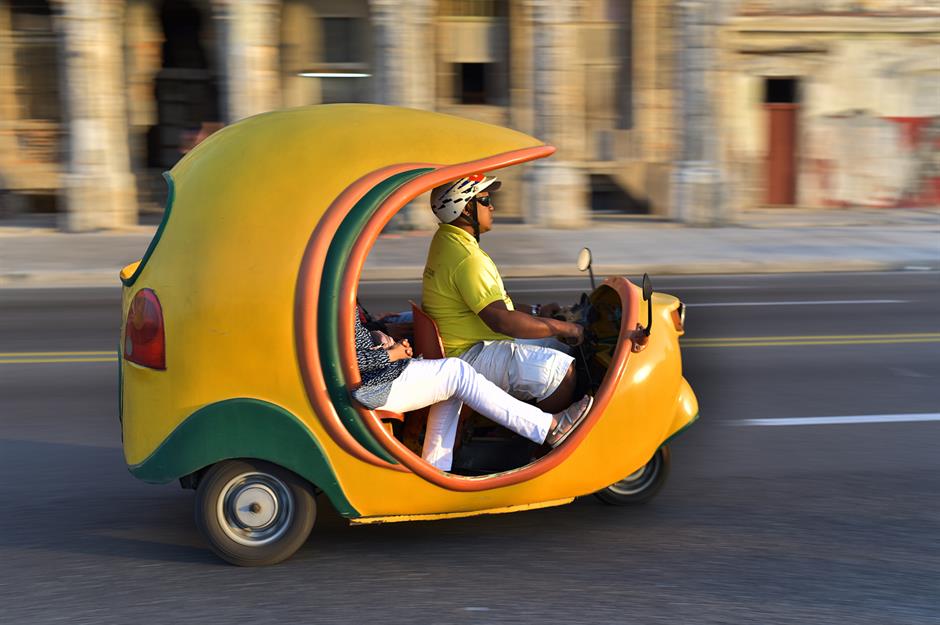
Coco Taxis, Cuba
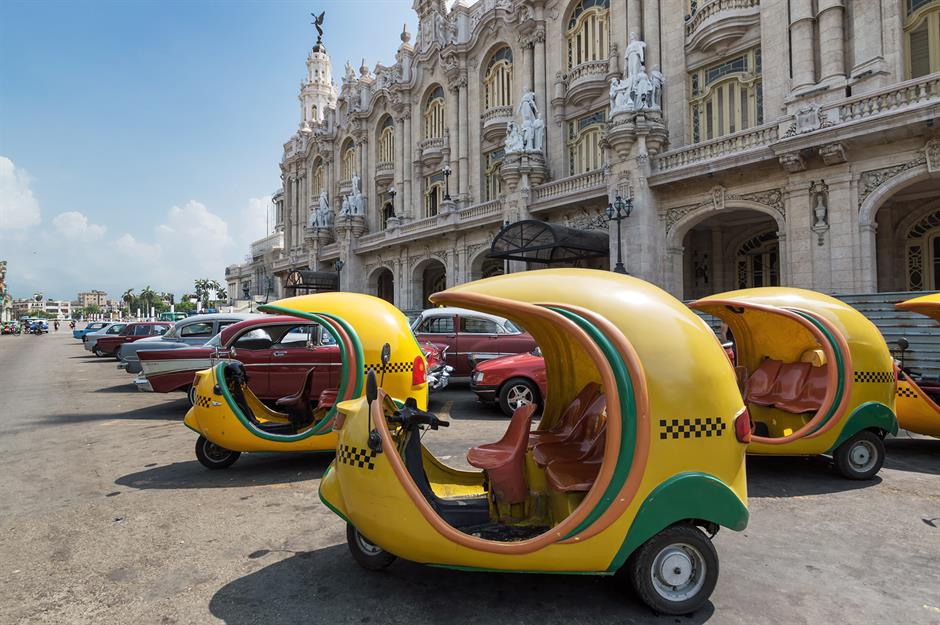
Pousse-pousse, Madagascar
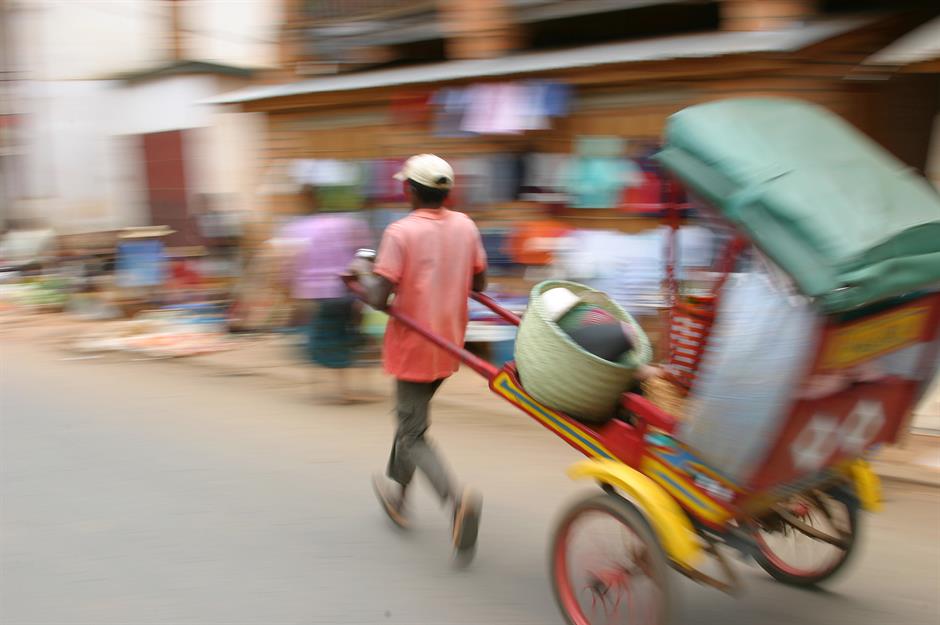
The name of Madagascar's cheapest form of transport, pousse-pousse, translates as 'push push', even though the runner actually pulls the cart from the front. Popular with the wealthy since the 19th century, they are prevalent throughout the country today and there are now 3,300 of the vehicles registered in the city of Antsirabe alone.
Pousse-pousse, Madagascar

The runners usually travel barefoot, allowing them to move faster and not worry about losing their shoes. The pousse-pousse are usually owned by a large umbrella company and rented to the individual operators for around 2,000 Malagasy ariary (approximately 35 pence/44 cents) per day. A ride can cost anywhere between 1,000 and 3,000 ariary.
Bike escalators, Trondheim, Norway

Hailed as the 'solution to hills', the Norwegian city of Trondheim has come up with an ingenious way of tackling one particularly steep incline. The Cyclocable, an escalator for cyclists, makes scaling Brubakken Hill a breeze.
Bike escalators, Trondheim, Norway
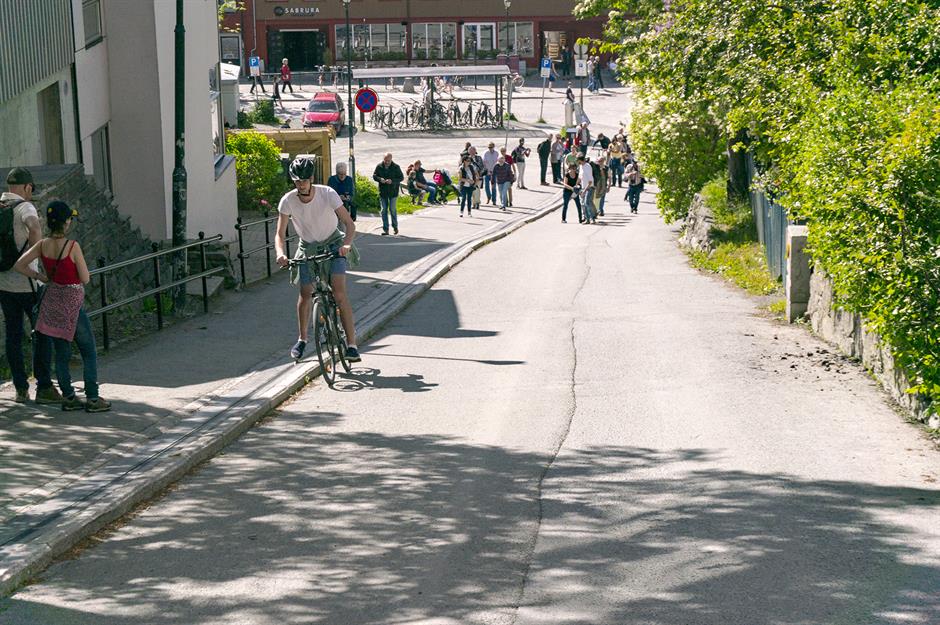
Dog sleds, Alaska, USA

Dog sleds, Alaska, USA

The O-Bahn, Adelaide, Australia
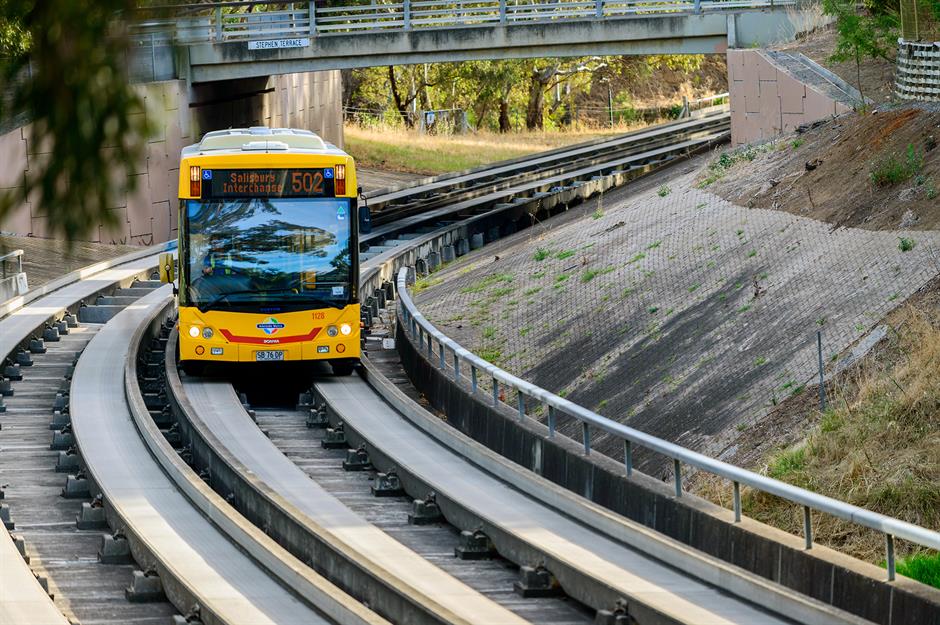
The O-Bahn, Adelaide, Australia
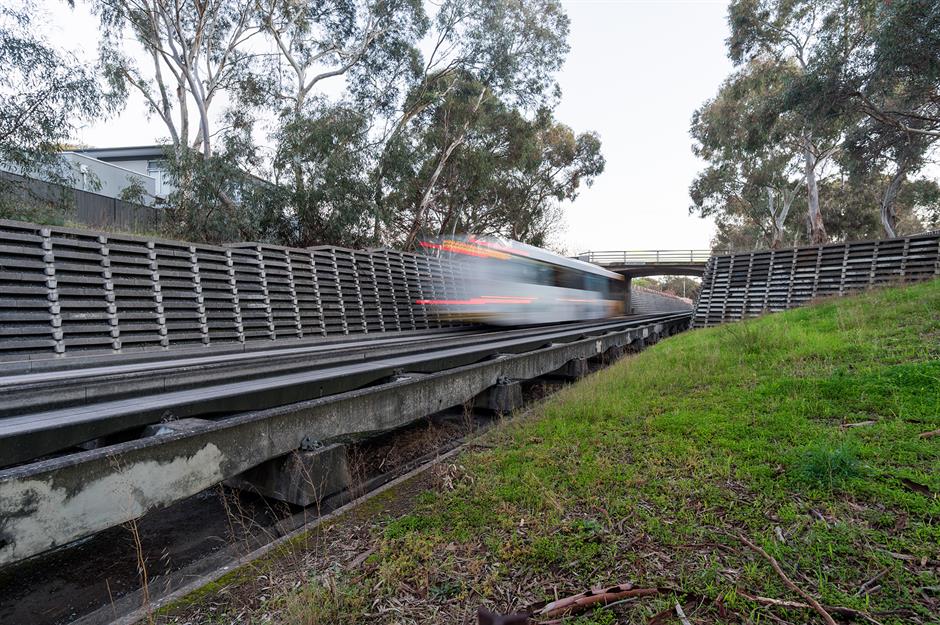
The vehicles follow tracks like a train or tram would, but also drive on the roads meaning they can serve even the most suburban of areas. While in most cities, buses have a reputation for being the slowest form of transport, the Adelaide O-Bahn can reach up to 60 miles per hour (97km/h) thanks to its traffic-free tracks.
Personal Rapid Transit, West Virginia, USA

Personal Rapid Transit, West Virginia, USA
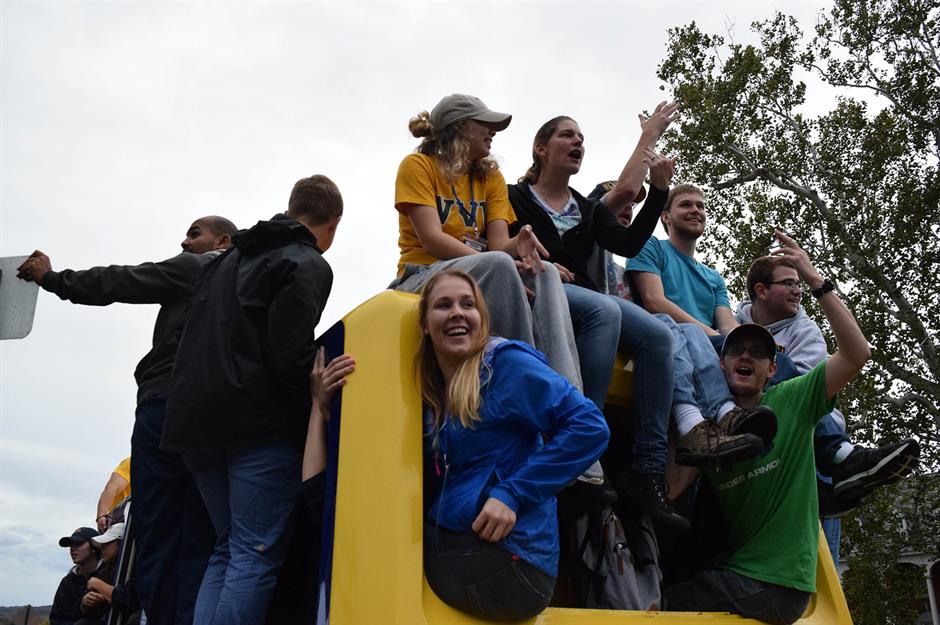
Funiculars, Valparaíso, Chile
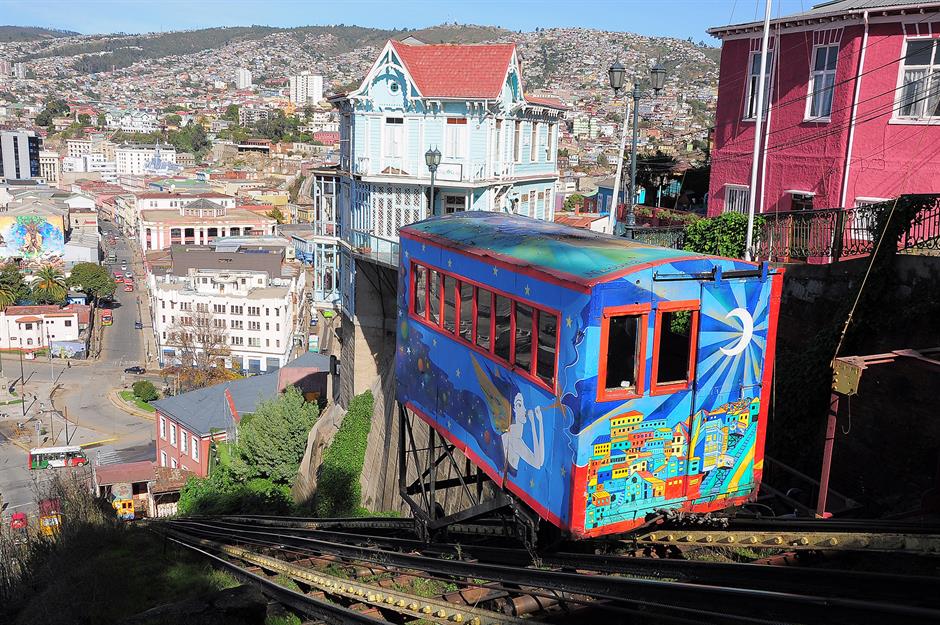
This UNESCO-listed city is famous for its undulating hills that tumble down towards the South Pacific coast. In the early 1900s, as a means to connect the businesses of the Lower Town to the neighbourhoods in the hills above, a series of funiculars (or ascensores) were built for residents and workers in the city.
Funiculars, Valparaíso, Chile

Horse trams, Isle of Man
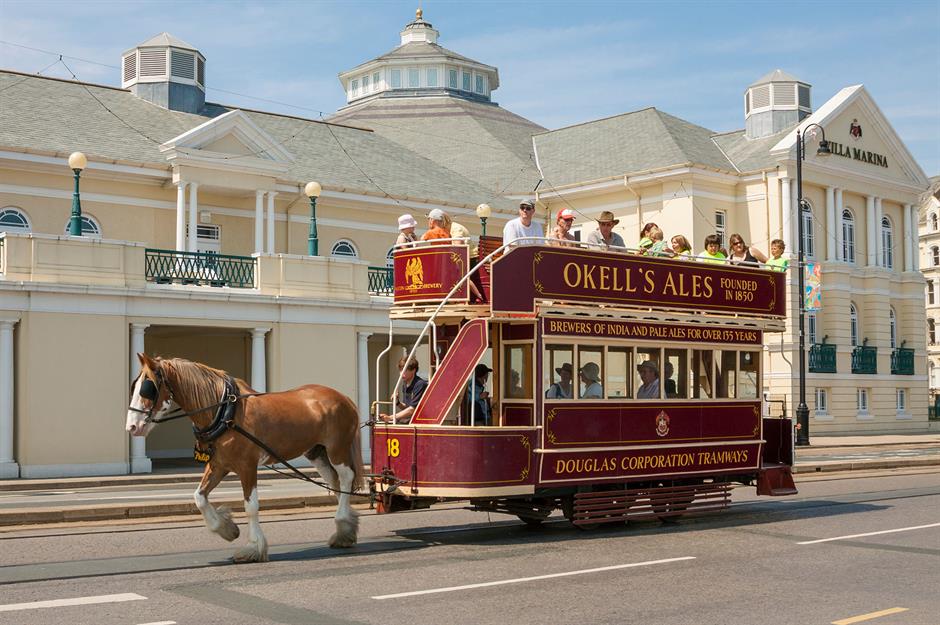
Horse trams, Isle of Man
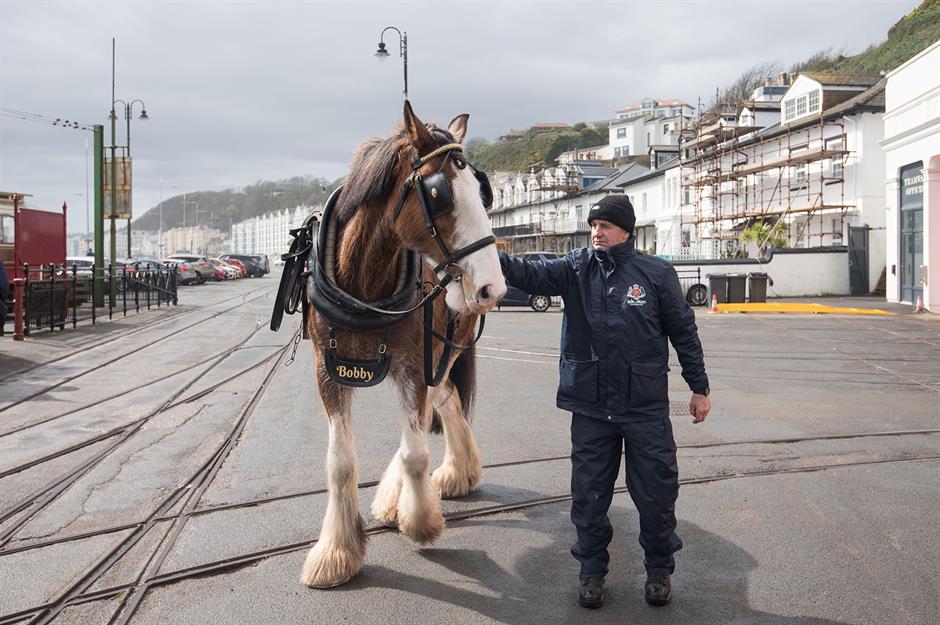
Jeepneys, Philippines
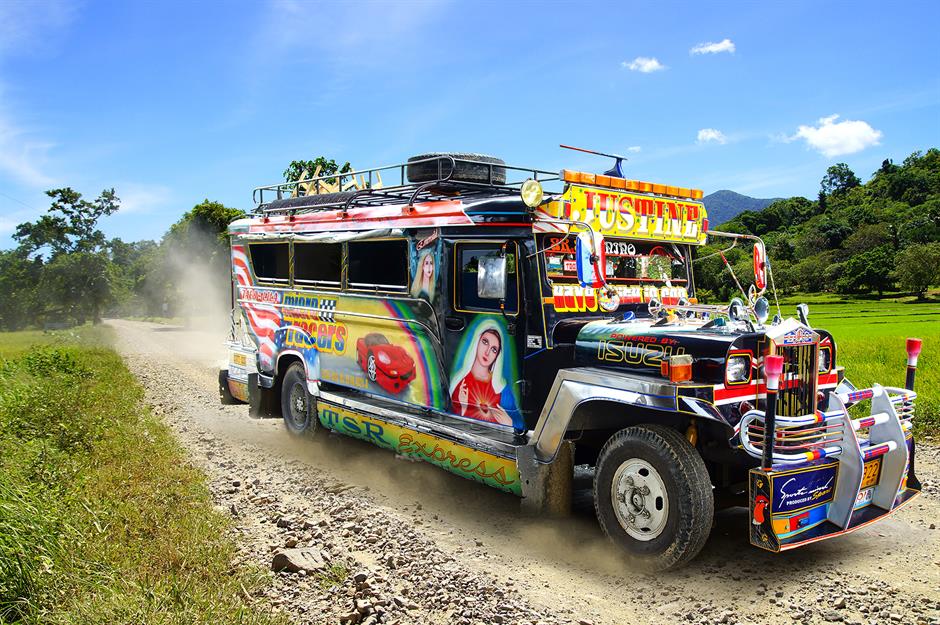
Around 200,000 of these colourful vehicles whizz around the streets of the Philippines. Originally, jeepneys were fashioned from old US military Jeeps left behind after the Second World War. Enterprising locals would modify and decorate them to make the cars suitable for public transport. Today, they're manufactured specifically for public transit and ferry millions of Filipinos and daring tourists – the fairly ad hoc system isn't exactly easy to navigate for foreigners – from A to B.
Jeepneys, Philippines
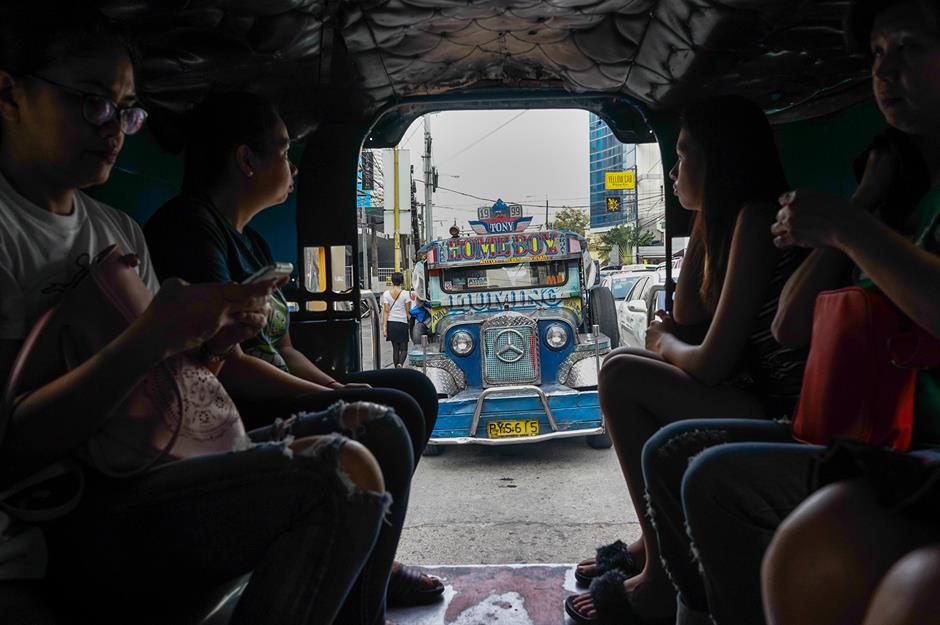
Today, the Philippines government has launched a jeepney modernisation programme, and hopes to replace traditional jeepneys – which have been criticised for their safety record and carbon emissions – with more eco-friendly and efficient models. There is some concern that this will drive many jeepney companies into debt and change this quirky transport system forever.
Reed boats, Lake Titicaca, Peru

Reeds are quite literally the bedrock of the Uros community on Lake Titicaca in Peru. The Indigenous people, whose ancestors predate the Incas, use totora reeds, which grow around the lake, to build their homes and reed boats.
Reed boats, Lake Titicaca, Peru

Felucca, Egypt
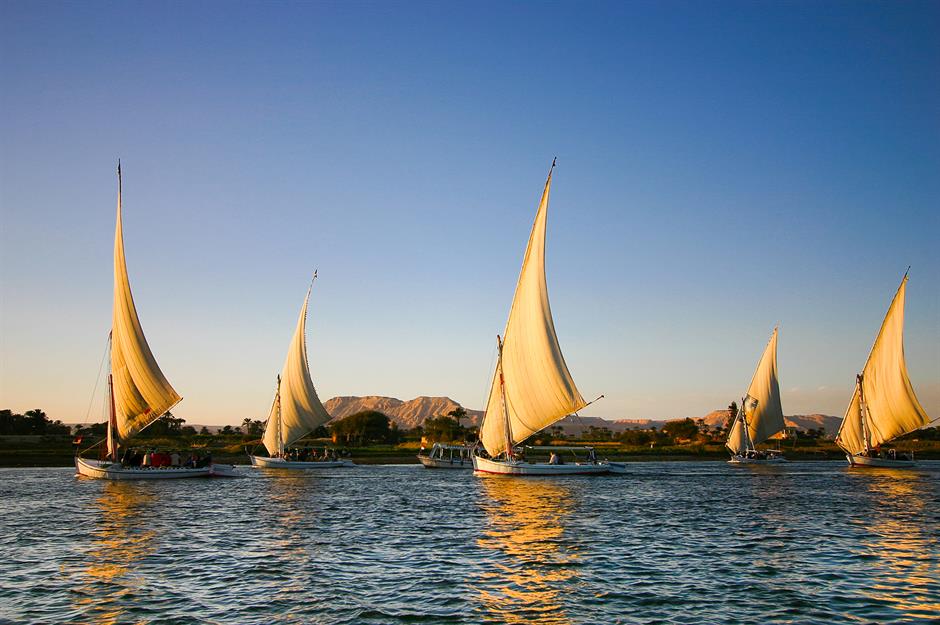
An iconic sight on the Nile, feluccas are a typical Egyptian boat still in use today in riverside cities such as Aswan and Luxor. Traditionally made from wood – though plastic is more common these days – they have a single sail and a flat, open deck scattered with cushions and blankets for passengers. Feluccas have been used throughout history, since the time of the Pharaohs, to ferry people and goods along this famous waterway.
Felucca, Egypt
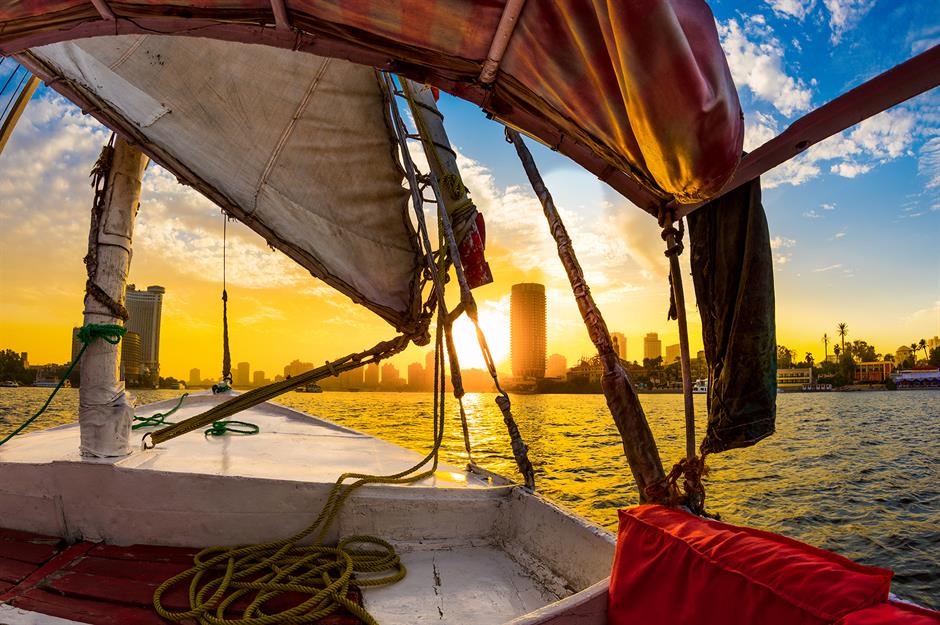
A felucca cruise along the Nile is an idyllic and peaceful way to see some of the country's most interesting sites, such as Nekheb (also known today as El Kab), the former capital of Upper Egypt, and the Temple of Kom Ombo. Take a two-day tour and you'll get to camp out under the stars on the deck.
Wuppertal Monorail, Germany

Wuppertal Monorail, Germany
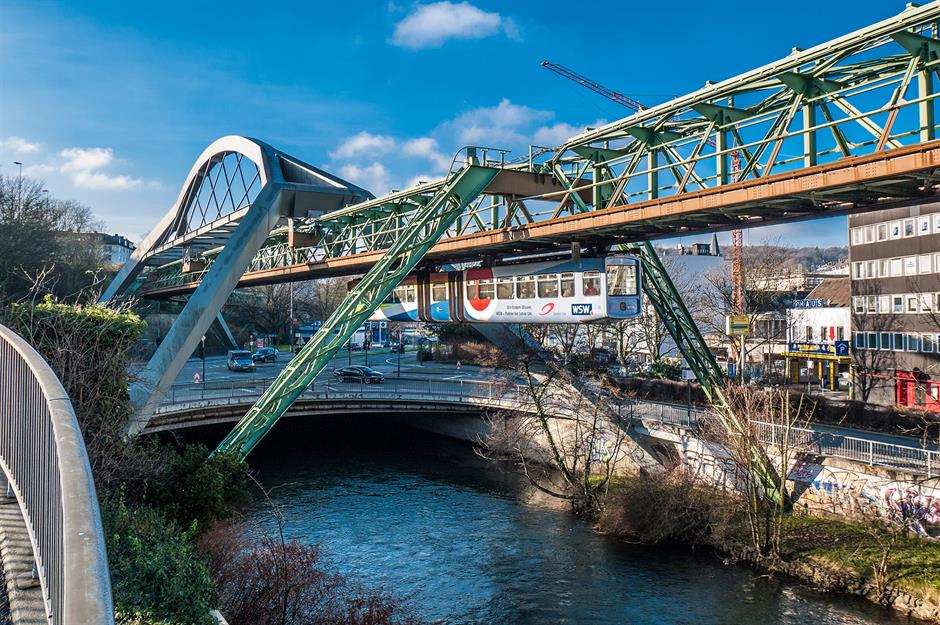
Cargo trucks, Northern Kenya
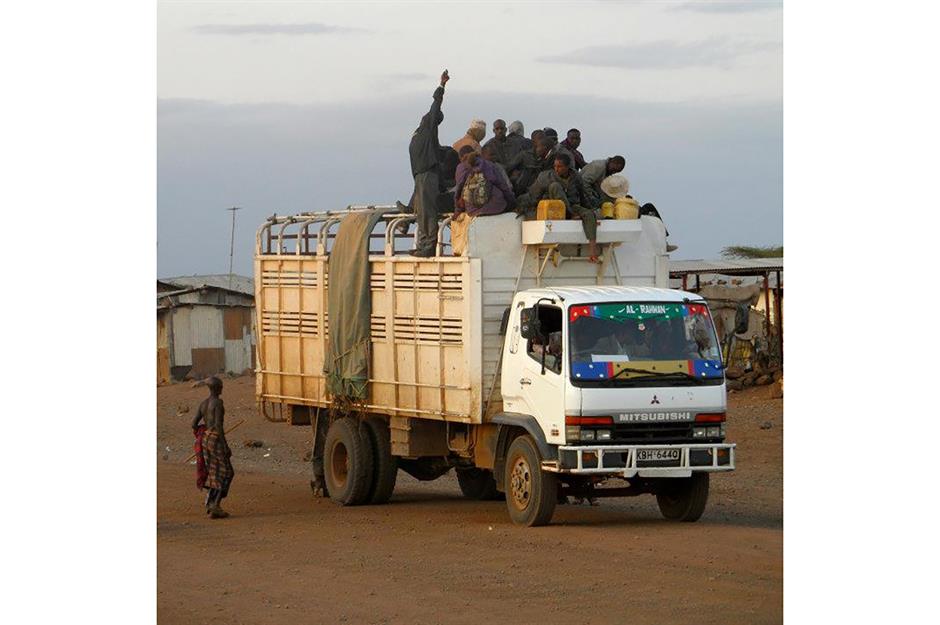
Cargo trucks, Northern Kenya
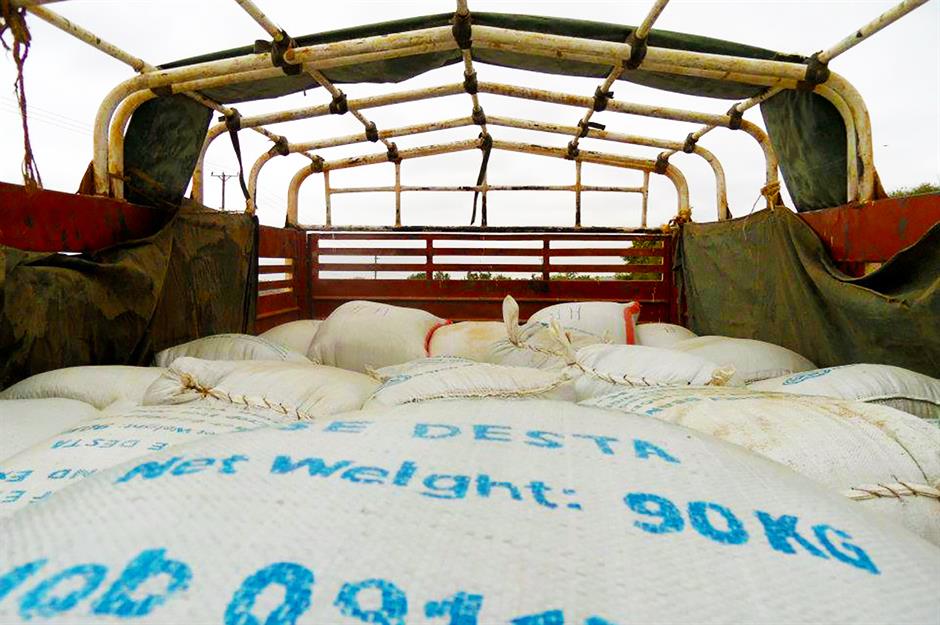
Today, even though the road is now paved, locals – and a few intrepid tourists – still use cargo trucks to travel around the north of Kenya and between the extremely remote villages. The cheapest option is to ride up top, but for around double or triple that, you might be able to negotiate a seat in the cabin next to the driver. It's an entirely informal transport system so locals rely on word of mouth to find out when the next truck to their destination will arrive.
Read on to discover where cruise ships, planes, trains and cars go to die
Comments
Do you want to comment on this article? You need to be signed in for this feature